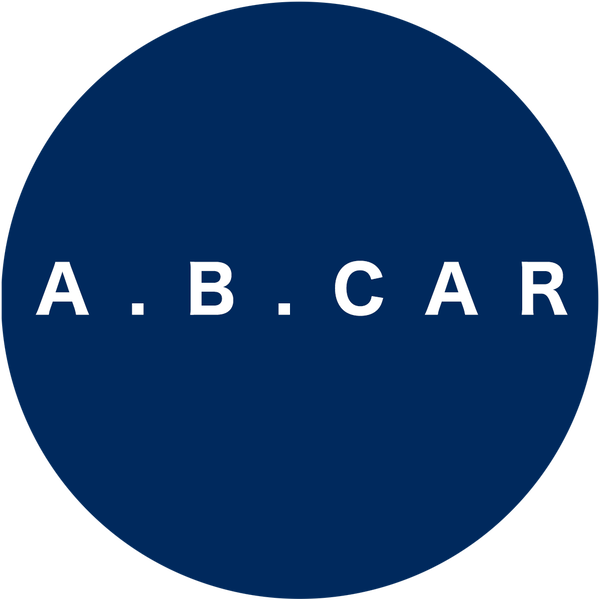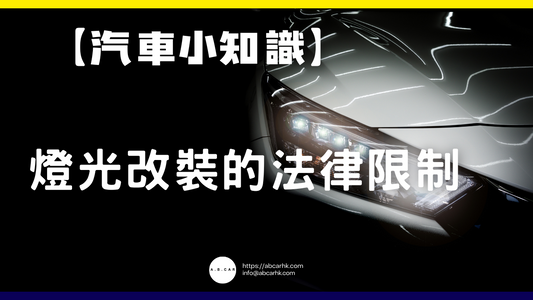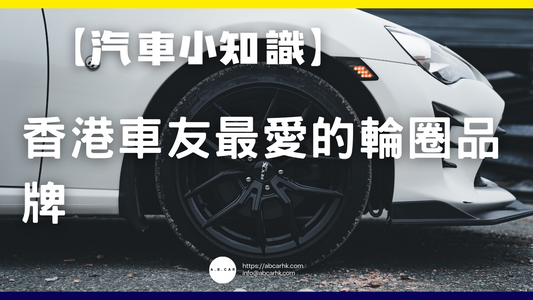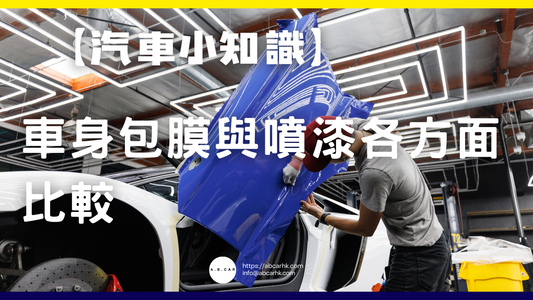【Common Diseases】Gout

Gout Treatment in Hong Kong: A Complete Guide to Acute Attacks, Long-Term Control, and Dietary Management
Hello everyone, today I'd like to discuss gout , an increasingly common urban ailment in Hong Kong. According to the Hong Kong Rheumatism Foundation, the incidence of gout in Hong Kong has been increasing in recent years, particularly among middle-aged men and those who enjoy seafood and beer. Many people mistake gout for joint pain, but it's actually a metabolic arthritis caused by hyperuricemia . If left uncontrolled, recurrent attacks can lead to permanent joint damage, kidney stones, and even renal failure .
The editor has consulted information from the Hong Kong Hospital Authority (HA), the Hong Kong Foundation for Rheumatism, and the International College of Rheumatology (EULAR, ACR) to compile this gout treatment guide , so that everyone can see the complete set of methods for acute treatment and long-term management at one time.
What is gout?
Gout is caused by long-term high uric acid concentration in the blood, which forms urate crystals and deposits in joints or surrounding tissues, causing acute inflammation.
- Causes of hyperuricemia : Excessive production of uric acid in the body, insufficient excretion, or both
- High-risk groups : middle-aged men, obese people, those who love seafood and alcoholic beverages, those with poor kidney function, and those with a family history of the disease
Common symptoms (Hong Kong Department of Health information)
- Acute attack : Sudden, severe joint pain, often occurring in the middle of the night or early morning, with joint redness, swelling, and fever
- Most commonly affected joints : Big toe (first metatarsophalangeal joint), ankle, knee
- Episodes usually last from a few days to two weeks
- Long-term untreated tophi (tophi) – hard lumps containing uric acid crystals – can develop
Principles of Gout Treatment in Hong Kong
Treatment is divided into two main directions:
- Control acute attacks (relieve pain and inflammation)
- Long-term control of uric acid levels (preventing recurrence and complications)
1. Treatment of acute gout attacks
The goal is to relieve pain and inflammation as quickly as possible. Treatment should begin early in the attack (ideally within 24 hours).
Commonly used drugs (Hong Kong clinical practice)
-
Nonsteroidal anti-inflammatory drugs (NSAIDs)
Examples: Naproxen, Indomethacin
Note : People with poor renal function and a history of gastric ulcers should be careful -
Colchicine
Especially suitable for patients who cannot take NSAIDs
Side effects : diarrhea, stomach upset -
Glucocorticoids (Steroids)
Oral or intra-articular injection, suitable for those who are intolerant to NSAIDs and colchicine
💡 Public hospitals will select medications based on the patient's renal function and cardiovascular risk; private medical services can arrange joint fluid extraction for diagnosis and injection treatment more quickly.
2. Long-term uric acid-lowering treatment (to prevent recurrence)
When gout attacks are frequent (≥2 times per year), there are tophi or joint damage, doctors will recommend uric acid-lowering drugs with the goal of lowering uric acid to < 360 μmol/L (< 300 μmol/L in those with tophi).
Commonly used uric acid-lowering drugs in Hong Kong
-
Allopurinol
Inhibit uric acid production, most commonly
Note : The dosage needs to be increased gradually to avoid severe skin reactions (Asians with the HLA-B*5801 gene are at higher risk, and some hospitals in Hong Kong will conduct gene testing in advance) -
Febuxostat
Suitable for those who are intolerant to Allopurinol or have poor efficacy -
Probenecid
Promotes uric acid excretion and is suitable for patients with normal renal function
💡 Uric acid-lowering medications should not be started during an acute gout attack to avoid worsening symptoms. Low-dose colchicine or NSAIDs are often used in conjunction with the initial treatment to prevent further attacks.
3. Diet and lifestyle management
Dietary adjustment is an important auxiliary measure for Hong Kong doctors in treating gout.
suggestion:
- Reduce high-purine foods : offal (beef liver, pork kidney), some seafood (shrimp, crab, scallops, sardines), red meat
- Quit drinking alcohol , especially beer and rice wine
- Drink plenty of water (about 2-3 liters per day) to promote uric acid excretion
- Weight control : Obesity increases uric acid levels and the risk of gout
- Choose low-fat dairy products : Helps lower uric acid
4. Prevention and treatment of complications
- Kidney stones : Gout patients have high uric acid levels and are prone to kidney stones. They need to drink more water.
- Chronic arthritis : Repeated attacks damage cartilage
- Renal function decline : Regular blood tests are required to check kidney function
Hong Kong Treatment Process (Public vs Private Healthcare)
| project | public medical care | Private medical care |
|---|---|---|
| Acute attack management | Doctors prescribe anti-inflammatory and analgesic drugs and, if necessary, draw joint fluid | Rapid arrangement of fluid draws for testing and immediate joint injections |
| Uric acid-lowering therapy | Prior gene (HLA-B*5801), then drug selection | Flexible selection of new drugs and frequent follow-up |
| Dietary guidance | Hospital nutritionists provide guidance | Private nutritionists can provide personalized menus |
| follow up | Long waiting time, follow-up every 3-6 months | Allows more frequent monitoring of uric acid levels and adjustment of medications |
Editor's warm summary
Although gout can be excruciatingly painful during acute attacks, it can actually be effectively managed through medication and lifestyle adjustments. In Hong Kong, public hospitals prioritize acute gout treatment and then arrange uric acid-lowering therapy as appropriate. Private healthcare offers greater flexibility in the use of new medications and expedited testing. We remind you that gout is not a short-term condition requiring medication only during an attack ; it is a metabolic disease requiring long-term management. Failure to control uric acid levels can lead to irreversible damage to joints and kidneys.
This article is for reference only and does not constitute any medical advice. The source is referenced from major medical articles



